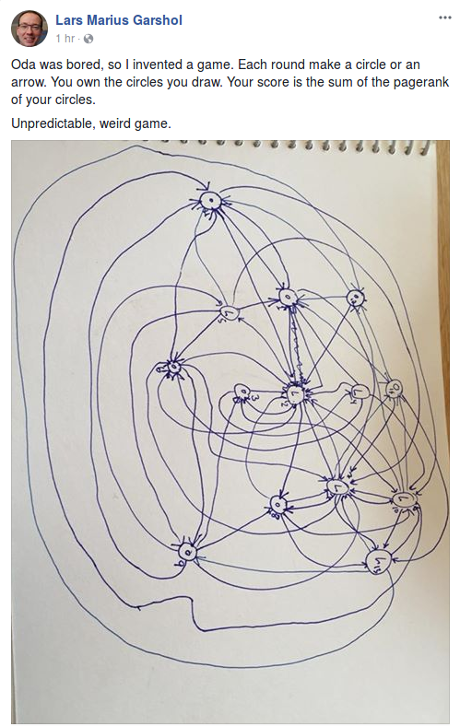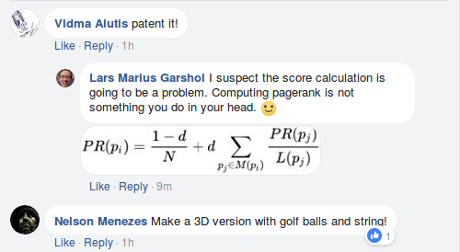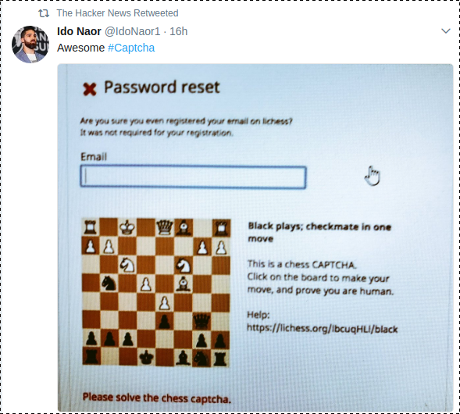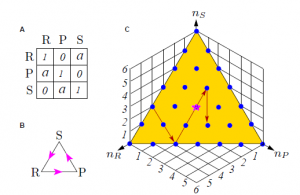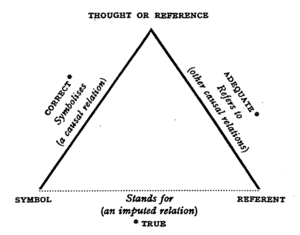Kaveh Waddell pens a troubling story in A Video Game That Lets You Torture Iraqi Prisoners, which reads in part:
…
What if there were a way to make sense of state-sanctioned torture in a more visceral way than by reading a news article or watching a documentary? Two years ago, that’s exactly what a team of Pittsburgh-based video-game designers set out to create: an experience that would bring people uncomfortably close to the abuses that took place in one particularly infamous prison camp.
In the game, which is still in development, players assume the role of an American service member stationed at Camp Bucca, a detention center that was located near the port city of Umm Qasr in southeast Iraq, at an undetermined time during the Iraq War. Throughout the game, players interact with Iraqi prisoners, who are clothed in the camp’s trademark yellow jumpsuits and occasionally have black hoods pulled over their heads. The player must interrogate the prisoners, choosing between methods like waterboarding or electrocution to extract information. If an interrogation goes too far, the questioner can kill the prisoner.
Players also have to move captives around the prison camp, arranging them in cell blocks throughout the area. Camp Bucca is best known for incubating the group of fighters who would go on to create ISIS: The group’s leader, Abu Bakr al-Baghdadi, was held there for five years, where he likely forged many of the connections that make up the group’s network today. The developers say they chose to have the player wrestle with cell assignments to underscore the role of American prison camps in radicalizing the next generation of fighters and terrorists.
The developers relied on allegations of prisoner abuse in archived news articles and a leaked Red Cross report to guide their game design. While there were many reports of prisoner abuse at Camp Bucca, they were never so widespread as to prompt an official public investigation.
…
I find the hope that the game will convey:
“the firsthand revulsion of being in the position of torturer.”
unrealistic in light of the literature on Stanley Milgram’s electric-shock studies.
In the early 1960’s Milgram conducted a psychology experiment where test subjects (who were actors and not harmed) could be shocked by student volunteers, under the supervision of an experimenter. The shocks went all the way to 450 volts and a full 65% of the volunteers when all the way to 450 with the test subject screaming in pain.
Needless to say, the literature on that experiment has spanned decades, including re-enactments, some of which includes:
Rethinking One of Psychology’s Most Infamous Experiments by Cari Romm.
The Game of Death: France’s Shocking TV Experiment by Bruce Crumley.
Original materials:
Obedience to Authority in the Archive
From the webpage:
Stanley Milgram, whose papers are held in Manuscripts and Archives, conducted the Obedience to Authority experiments while he was an assistant professor at Yale University from 1961 to 1963. Milgram found that most ordinary people obeyed instructions to give what they believed to be potentially fatal shocks to innocent victims when told to do so by an authority figure. His 1963 article[i] on the initial findings and a subsequent book, Obedience to Authority and Experimental View (1974), and film, Obedience (1969), catapulted Milgram to celebrity status and made his findings and the experiments themselves the focus of intense ethical debates.[ii] Fifty years later the debates continues.
The Yale University Library acquired the Stanley Milgram Papers from Alexandra Milgram, his widow, in July 1985, less than a year after Milgram’s death. Requests for access started coming in soon after. The collection remained closed to research for several years until processed by archivist Diane Kaplan. In addition to the correspondence, writings, subject files, and teaching files often found in the papers of academics, the collection also contains the data files for Milgram’s experiments, including administrative records, notebooks, files on experimental subjects, and audio recordings of experimental sessions, debriefing sessions, and post-experiment interviews.
The only redeeming aspect of the experiment and real life situations like My Lai, is that not everyone is willing to tolerate or commit outrageous acts.
Hopeful the game will include roles for people like Warrant Officer Hugh Thompson who ended the massacre at My Lai by interposing his helicopter between American troops and retreating villagers and turned his weapons on the American troops.
Would you pull your weapon on a fellow member of the service to stop torturing of an Iraqi prisoner?
Would you use your weapon on a fellow member of the service to stop torturing of an Iraqi prisoner?
Would you?
Survey says: At least 65% of you would not.

